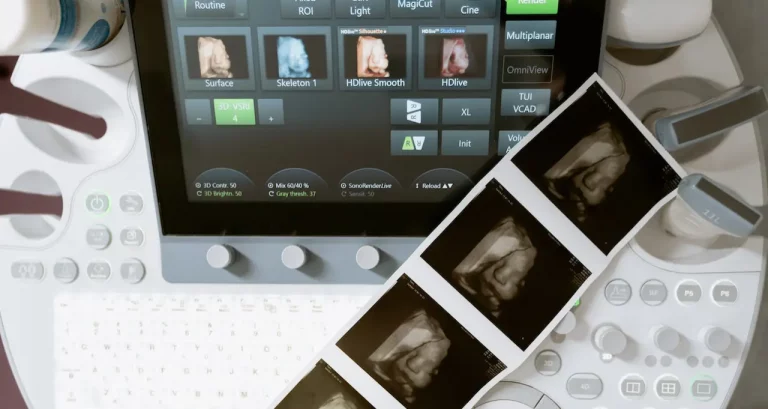Sustainable E Waste Management: How ITAD Helps Your Company’s Sustainability Goals
E waste is the fastest growing solid waste stream on the planet. Our increasingly digitized global society generates approximately 50 to 60 million tons of e waste each year. Sustainable e waste management is essential to mitigating this problem.
Producing one desktop computer requires 48 pounds of chemicals, 1 ton of water, and over 530 pounds of fossil fuels. Therefore, it’s critical that such assets not end up in a landfill.
The goal of corporate sustainability is to lessen your business’ impact on the planet. By helping to protect the environment, responsible IT asset disposal (ITAD) helps meet your company’s sustainability goals.
What Is E Waste?
E waste, or electronic waste, refers to discarded electrical or electronic products. The equipment might be obsolete, broken, or simply unwanted.
Some examples of e waste include:
- Laptops
- Tablets
- Computers, computer monitors, and printers
- Hard drives
- Cell phones/smart phones
- LCD, OLED, and plasma televisions
- Audio and video equipment
- Fax machines and scanners
- Imaging equipment
- IT servers


Almost every modern business and organization relies on multiple forms of electronic equipment to function. Eventually, that equipment will reach the end of its useful lifecycle. At that point, companies must decide what to do with their obsolete or unwanted IT and electronic assets.
The rapid pace of technological advancement makes the e waste problem worse. Increasingly sophisticated electronic equipment hits the marketplace year after year. To maintain a competitive advantage, businesses often discard equipment that may still be useful, but is no longer cutting edge.
In previous decades, some if not most of that equipment would have been destined for a landfill. However, Congress began addressing e waste in 1976. The Resource Conservation and Recovery Act was the first step in protecting human and environmental health from the potential hazards of electronic waster.
From there, the e waste problem has continued to grow. In response, governments across the globe have developed stricter accountability measures and uniform standards for sustainable e waste management.
The Three Rs of Sustainable E Waste Management
Electronic devices contain valuable materials. Precious metals such as gold, silver, platinum and palladium form the nuts and bolts of modern electronics. A Chinese study showed that mining these valuable metals is thirteen times more expensive than recovering them from e waste.
Modern electronic equipment also contains dangerous materials such as lead, nickel, mercury and lithium. When disposed of in landfills, old electronic assets can leach these contaminants into the surrounding soil and water.
Therefore, sustainable e waste management helps protect the environment in two ways:
- Less demand for mining, decreasing the damage it causes
- Less hazardous e waste going into landfills
Three methods can accomplish this.
Repair
Rather than rushing to replace an IT or electronic asset, see if it can be repaired. This helps extend the useful lifespan, generating less e waste.
Resell
Your organization may no longer have use for certain equipment, but someone else might. Reselling is a good way to keep electronics out of the solid waste stream. However, keep in mind that data-bearing assets must be securely erased before they can be resold.
Recycle
If your equipment is truly obsolete, it’s time to recycle. Again, any data bearing assets must be reliably erased or destroyed before they reach the recycling center. Further, many states have specific guidelines for recycling e waste. Be sure to check before you start the process.
How Is E Waste Recycled?
E waste recycling is more complicated than regular recycling. Following collection by a recycling service, e waste is separated by type. This is particularly important for e waste that contains batteries. These require special treatment and can cause damage when mixed with other waste.
After separation by type, industry professionals sort e waste manually. During this stage, professionals remove batteries, bulbs, etc. for separate processing. Manual dismantlement retrieves reusable components and valuable materials.
The unusable waste is then shredded into small pieces to prepare for mechanical separation. This process consists of two key steps: magnetic separation and water separation.
Magnetic separation involves a giant magnet. The magnet pulls ferrous materials such as iron and steel from the waste. These undergo smelting.
Following magnetic separation, the waste stream consists of mostly plastic and glass. Water separates and purifies these materials prior to hand sorting.
The final stage involves preparation for resale and reuse.
E Waste Recycling Atlanta: Finding a Certified ITAD Partner
Disposing of unused or unwanted electronic assets in an environmentally responsible way is complicated. That’s why partnering with a certified ITAD company can help.
GCI is committed to reducing e-waste and protecting our planet. We are an R2/RIOS certified company. That means we uphold the highest possible standard of electronics recycling. Strict criteria and regular audits ensure that we comply with and exceed all applicable EPA guidelines and regulations.
If you have questions about E Waste Recycling
or call 770-886-4200
